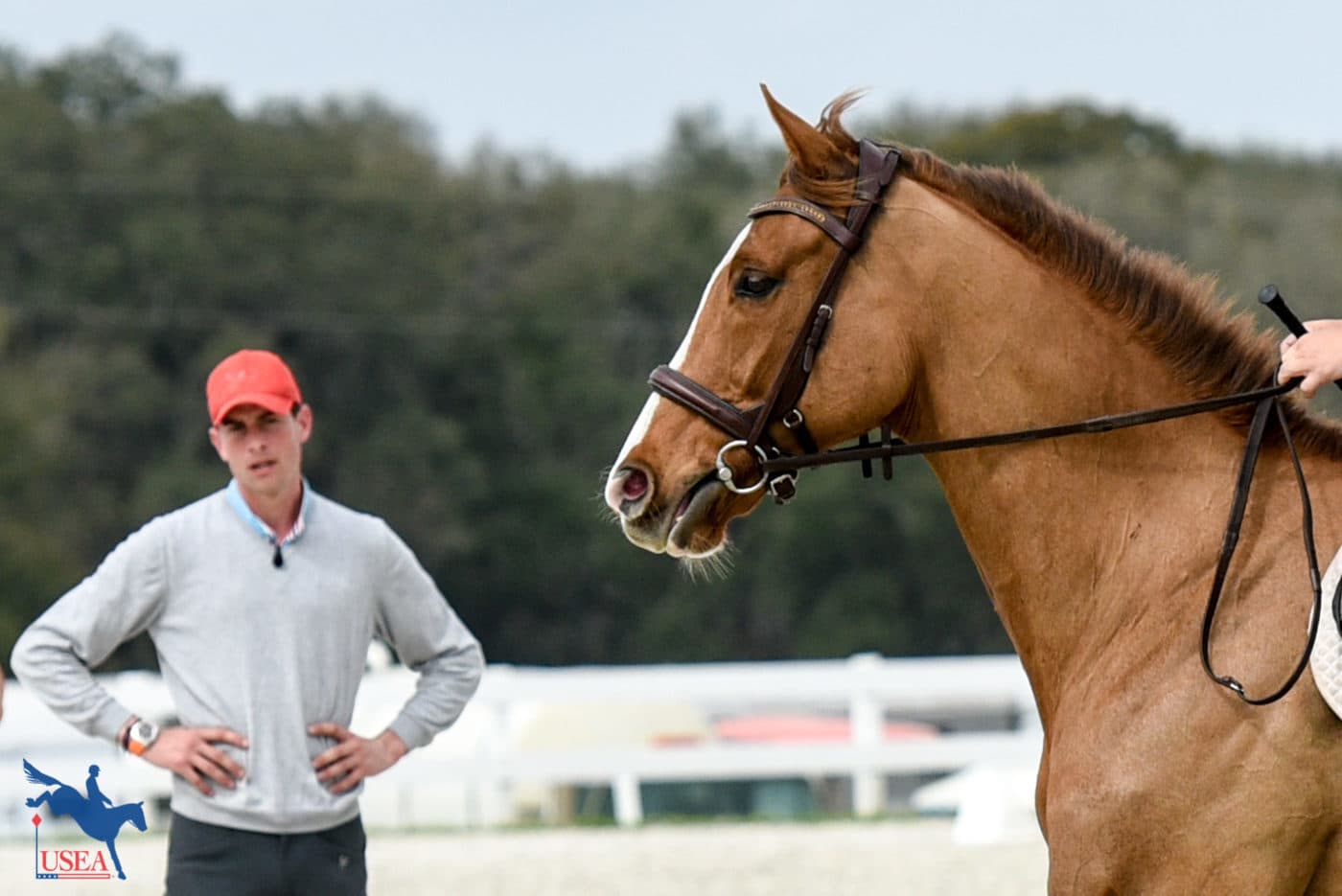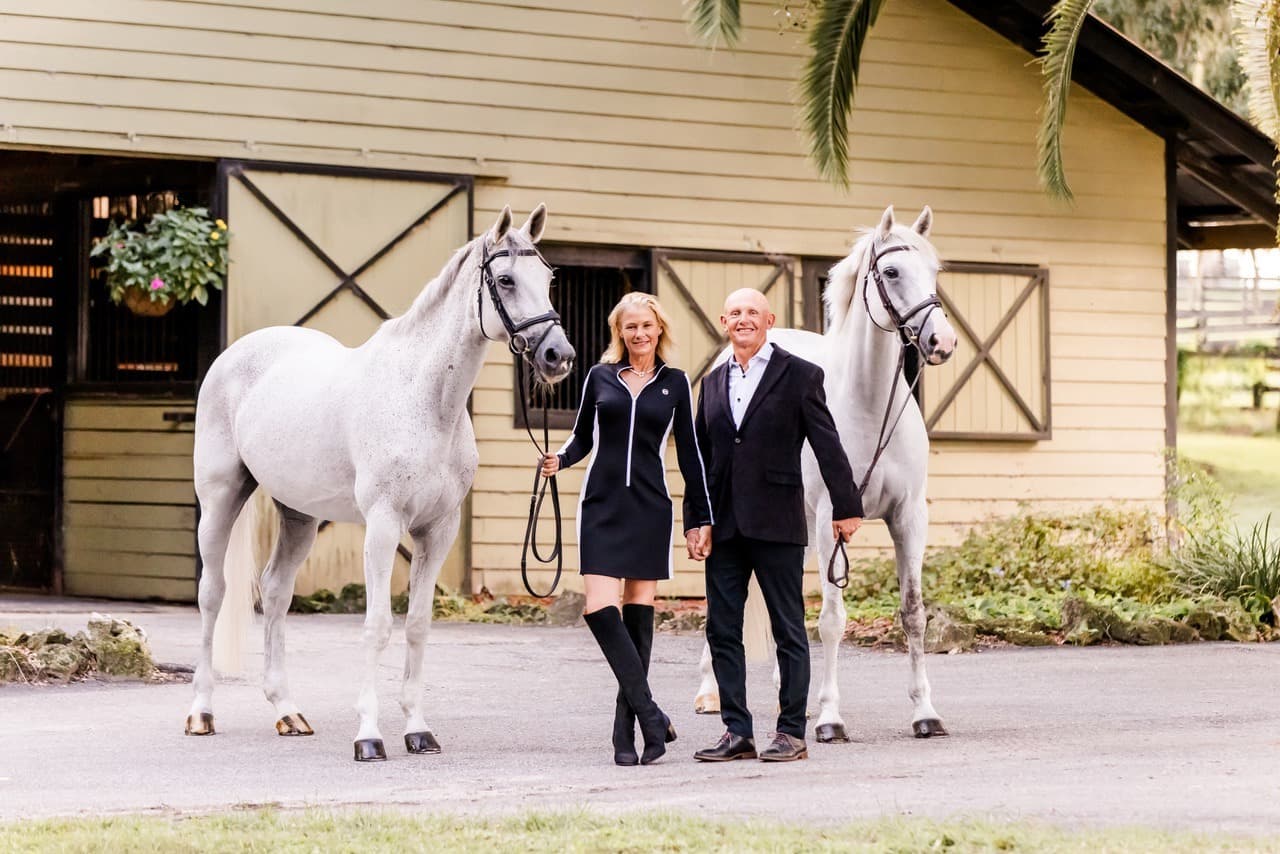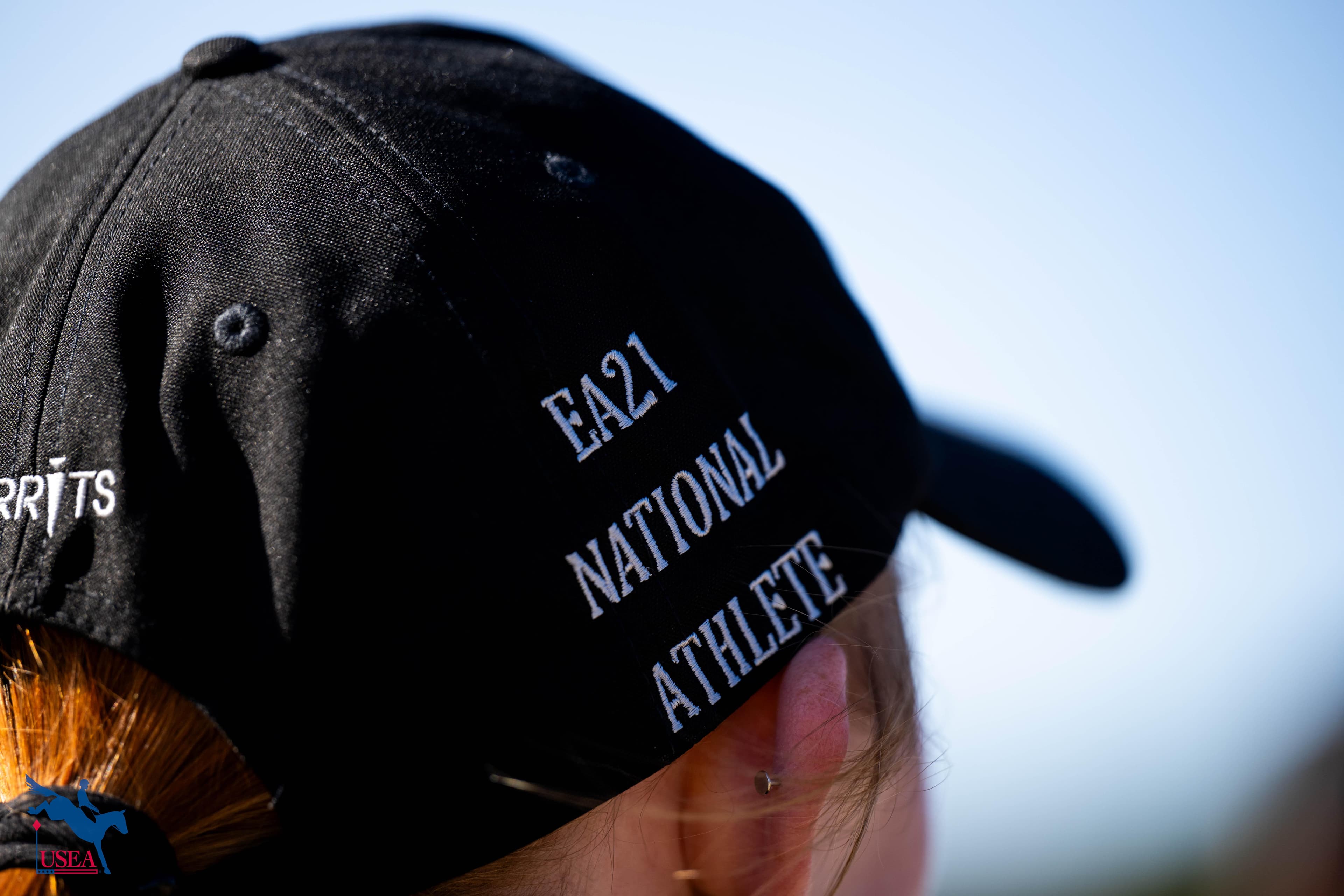Creating a Clear Road Map: The Invaluable Tool that is the USEA Eventing Handbook by the Levels

Consistency is key in working with horses, that is why the United States Eventing Association (USEA) Instructors’ Certification Program (ICP) Committee spent two years creating a training handbook with a clear and consistent format from Starter level all the way through Advanced.
Attendees of the 2022 USEA ICP Symposium at Barnstaple South Farm in Ocala, Florida on February 8-9 will be the first outside of the organization to set eyes on this all-encompassing guide. Those wishing to attend may register onsite prior to the start of the clinic each day.
Each level and phase has a Rider Skills section that provides an invaluable resource to riders and instructors as they navigate their way through the competition levels. Looking back through the previous levels is a key first step in evaluating preparedness for the next level; ensuring that all previous skill requirements are in place so new skills have a strong foundation to build on. Preview excerpts of the Rider Skills outline for the show jumping phase at the Novice and Preliminary level below:
Rider Skills Required at the Novice Level:
The instructor should confirm the rider’s understanding of and ability to perform all skills identified under Starter Level through Beginner Novice Level Show Jumping Skills.
Novice riders should demonstrate a connection between their flat work and their jumping. The understanding of this connection must include increased focus on the canter, such that the rider can:
- Recognize when a canter has sufficient energy and balance for various jumping exercises.
- Produce and maintain a rhythmic canter on a length of stride suitable for their mount over a course of small jumps.
- Turn onto and maintain a straight line to the center of a jump in canter, with the horse’s body aligned and laterally balanced on the line of direction.
- Lengthen and shorten the stride in canter.
- Begin to be aware of the take-off distance: Short, average or long.
The Novice rider should:
- Have a secure, independent seat balanced over the middle of the horse maintained over a level-appropriate course of jumps.
- Be able to transition between various jumping positions while maintaining key rider responsibilities: Balance, rhythm, speed, and line of direction.
- Work confidently and effectively in a group of riders, and out in the open.
Novice riders should know:
- What constitutes a related distance, on a straight or bending line.
- How to count strides between fences, to know how many strides they have made.
- How to ride a two-stride combination.
Rider Skills Required at the Preliminary Level:
The instructor should confirm the rider’s understanding of and ability to perform all skills identified under Starter through Modified Level Show Jumping Skills. The Preliminary level rider should be able to:
- Reliably recognize and produce the correct balance and energy in canter.
- Consistently utilize the relationship between flat work and jumping to improve and strengthen their horse for jumping.
- Understand and execute the rider’s role and responsibility for the correct balance, speed, energy, stride length, and accurate track and line.
- Effectively use coordinated aids from an appropriate jumping position to produce the correct balance, speed, energy, stride length, accurate track/line as well as balanced lengthening and shortening of the strides.
- Maintain a secure, supple, and independent seat and balance with an elastic contact and connection throughout a show jumping course or gymnastic exercise at appropriate level height.
Preliminary riders should be developing their training skills to include:
- The ability to identify good quality vs poor quality of the horse’s jumping effort.
- Incorporate appropriate gymnastic exercises, including the bounce, as part of regular practice to improve the horse’s balance, agility, rhythm, bascule, understanding, confidence, and rideability.
- The ability to produce and maintain the appropriate quality of canter to ride various related distances in the measured number of strides or number of strides appropriate for their horse.
- Recognizing more consistently when a distance to the jump will be short, long, or average, and understanding how to react in each case.
- Recovering the rhythm, balance, line of direction, and speed within an appropriate number of strides and in relation to the next fence, turn or change of direction.
Competition readiness at this level should include the rider’s ability to:
- Execute a warm-up for show jumping which supports their individual horse’s warm-up requirements.
- Walk, analyze, and ride a plan over a level-appropriate show jump course of 9-12 fences.
- Self-evaluate performance over a course of show jumps.
The ICP Symposium has undergone a reboot and will feature an interactive and inclusive format that encourages participation and input from active professionals at all levels through a hands-on live teaching session. While geared towards eventing professionals, the ICP Symposium is open to all who wish to attend and will feature relevant information that all riders and eventing enthusiasts can learn from. As an added perk, early registrants will receive an advanced copy of the new USEA Eventing Handbook! Register for the ICP Symposium here.
About the USEA Instructors’ Certification Program
Instructors are essential to the training of riders and horses for safe and educated participation in the sport of eventing. The USEA Instructors’ Certification Program (ICP) was initiated in 2002 to educate all levels of eventing instructors with crucial training principles upon which those instructors can continue to build throughout their teaching careers. ICP offers educational workshops and assessments by which both regular instructors, Level I through Level V, Young Event Horse (YEH) instructors, and Young Event Horse professional horse trainers can become ICP certified. Additional information about ICP’s goals, benefits, workshops, and assessments as well as names and contact information for current ICP-certified instructors, YEH instructors, and YEH professional horse trainers are available on the USEA website. Click here to learn more about the Instructors’ Certification Program.
The USEA would like to thank Stable Secretary and Parker Equine Insurance for sponsoring the Instructors’ Certification Program.














